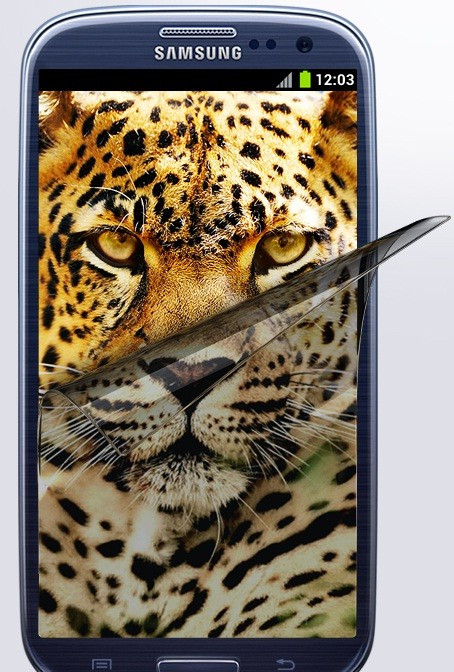Samsung Galaxy S3 Vs HTC Raider 4G: Can the Next Galaxy Outshine the Raider?
Samsung has confirmed the UK model of the Galaxy S3 will support 42Mbps DC-HSPA.

The HTC Raider 4G, also known as the HTC Raider, the HTC Holiday and the HTC Raider 4G LTE, was announced in September and followed by a market release in October. The phone boasts compatibility with LTE network download speeds and a 1.2GHz dual-core processor and has a 4.5in HD Super LCD screen. It also has a high resolution eight megapixel camera that allows video recording in 1080p.
Check out how the smartphone does against the recently launched Samsung Galaxy S3, which is expected to hit stores on 30 May and is touted as a potential gamechanger for the smartphone industry...
Display
The HTC Raider 4G features a 4.5in TFT capacitive touchscreen with the HTC Sense User Interface (UI). The resolution of the display is 540x960 pixels with a pixel density of 245 pixels per inch (ppi). The Galaxy S3, in contrast, will feature a Super AMOLED capacitive touchscreen which is protected with scratch-resistant Corning Gorilla Glass 2. The display features the TouchWiz UI v4.0 and the resolution is 720x1280 pixels with a pixel density of 306 ppi.
Dimensions
The HTC Raider measures 128x67x11.2mm and weighs 177g whereas the Galaxy S3 measures 136.6x70.6x8.6mm and weighs a much lighter 133g.
Operating System
The Raider runs on Android 2.3.4 (Gingerbread) but HTC has announced the smartphone will get the Android 4.0 (Ice Cream Sandwich) update soon. The Galaxy S3 comes preloaded with Android 4.0.4 (Ice Cream Sandwich).
Processor
The Raider is powered by a 1.2 GHz dual-core processor, while the Galaxy S3 will be powered by a 1.4GHz quad-core Exynos 4 processor. Both smartphones house 1GB of RAM.
Camera
The HTC Raider sports a primary camera of eight megapixels with auto-focus, dual-LED flash and geo-tagging. The camera can record video in 1080p. The handset has a front-facing camera of 1.3 megapixels. The Galaxy S3, like the Raider, will pack a main camera of eight megapixels with auto-focus, LED flash and a number of other features like simultaneous HD video and image recording, geo-tagging, touch-focus, face and smile detection and image stabilisation. The camera can record video at 1080p and 30 frames per second (fps). The handset has a secondary camera - 1.9 megapixels - which can record video in 720p at 30 fps.
The main camera of the Raider features a dual-LED flash whereas the S3 has a single LED flash. However, the S3 also has a new feature called Smart Stay - the front camera recognises when the user is looking directly at the screen keeps the phone unlocked and the display lit at the time, dimming and locking only when it senses the user is not looking at the phone.
Connectivity
The HTC Raider offers Wi-Fi 802.11 b/g/n, DLNA, Wi-Fi hotspot, Bluetooth version 3.0 with A2DP and EDR and 4G connectivity. The smartphone supports data speed up to Rev. A 3.1 Mbps, LTE 75 Mbps, HSDPA 21 Mbps and HSUPA 5.76 Mbps. However it does not support Near Field Communication (NFC). The Galaxy S3 will offer Wi-Fi b/g/n, Wi-Fi HT40, NFC and Bluetooth v4.0. It supports data speed up to HSDPA 21Mbps and HSUPA 5.76 Mbps. Like the HTC Raider, the Galaxy S3 can connect to 4G network speeds.
Storage
The HTC Raider offers storage space of 16GB and offers a microSD card slot with additional memory of 32GB. The Galaxy S3 will offer storage space of 16GB and 32GB and also support microSD card. Samsung announced a 64GB version will be available soon.
Battery
The HTC Raider is powered with a 1620mAh Li-ion battery whereas the Galaxy S3 will be powered by a Li-ion 2100mAh battery.
© Copyright IBTimes 2025. All rights reserved.





















